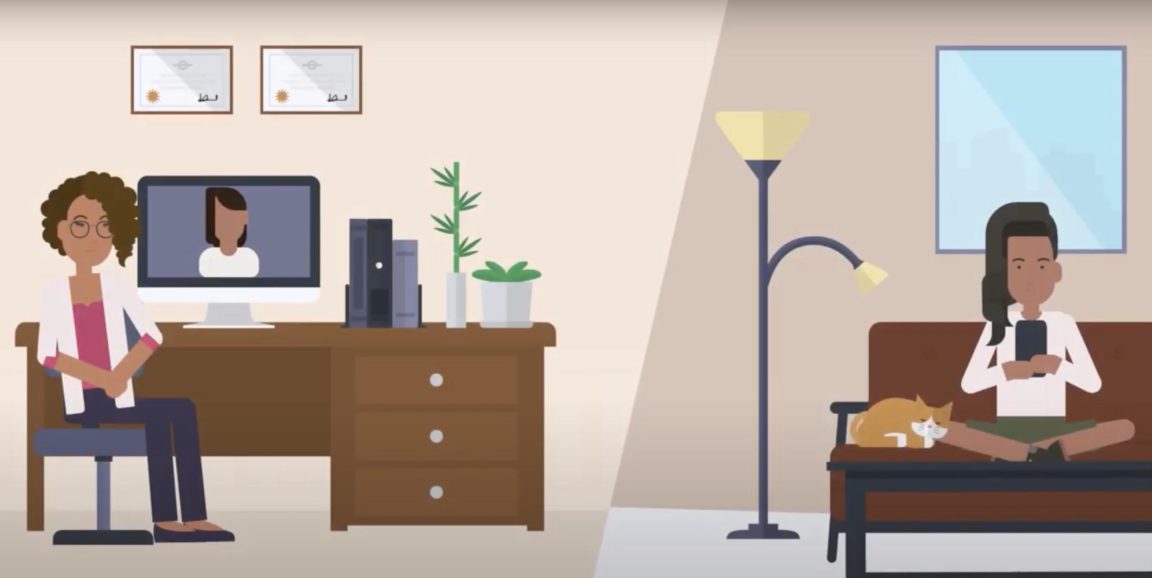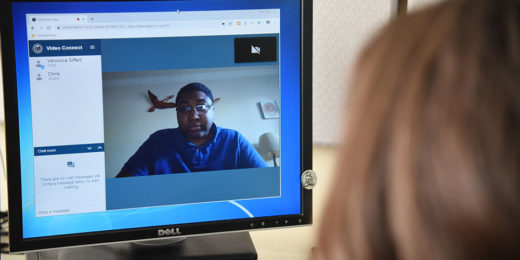As doctor's appointments go online to curb the spread of the coronavirus, researchers at Stanford Medicine's Presence 5 initiative want to ensure virtual visits retain a human touch.
"The rapport that we build with patients is critical for patients' health and for physicians' wellness," said Megha Shankar, MD, a fellow in primary care and outcomes research. "We were wondering, 'How can we maintain that rapport through the computer or phone?'"
They devised a five-step plan for connecting with patients remotely, which they outlined in an article in the Annals of Family Medicine COVID-19 Collection. Their work was also featured in the KevinMD blog and offered as a course through the Stanford Center for Continuing Medical Education.
"You can't just take your normal routine and put it online," Shankar said. "You have to change your interaction."
They recommend a physical ritual before each televisit -- such as standing up and taking a deep breath -- to take the place of stepping into an exam room. Because providers can't place a hand on a patient's shoulder or offer a tissue, they suggest frequently using words of empathy when talking with patients. They note that clinicians holding televisits should also be aware of privacy issues, in case someone else is in the room with the patient.
The researchers found that during televisits, providers speak more than they do during in-person visits; conversely, Shankar said, patients may be more reticent because they are unaccustomed to the format. Providers are cautioned to give patients a chance to finish speaking -- especially as there can be a time lag.
Despite its potential drawbacks, telemedicine has its advantages: Some patients will share more about sensitive matters during a remote visit, perhaps because they feel more comfortable at home than in an exam room, Shankar said. And providers can often get a feel for the patient's home life, such as who lives with the patient, the safety of the home environment, and even what kind of food the patient eats.
"A video visit can be like the old days, when doctors made house calls," Shankar said.
She added that the most important message for providers offering televisits is to listen well. "Let the patient tell their story as much as they can," she said. "Hearing the whole story can change the whole course of the appointment -- and their health."
Image courtesy of Stanford Center for Continuing Medical Education






